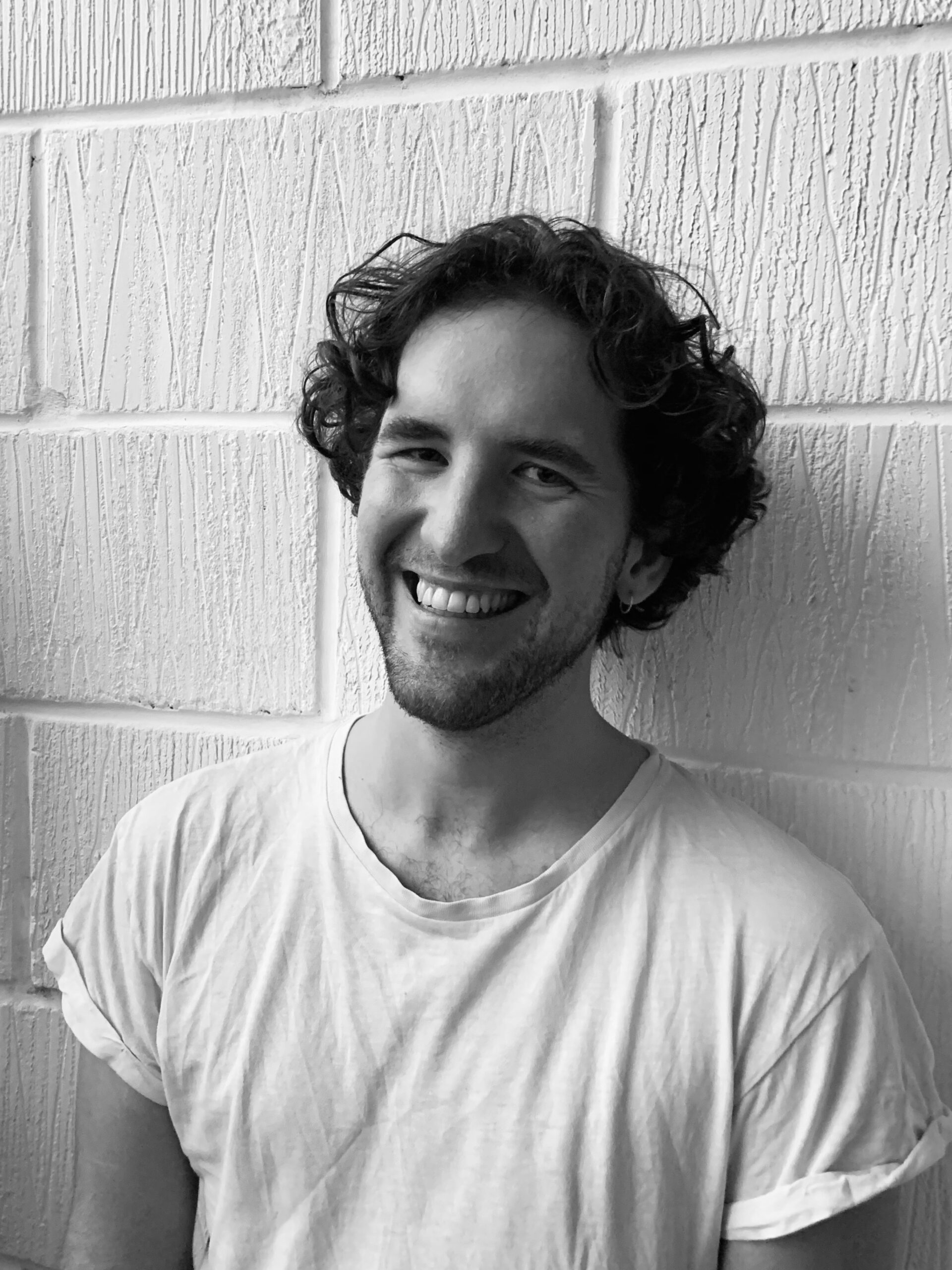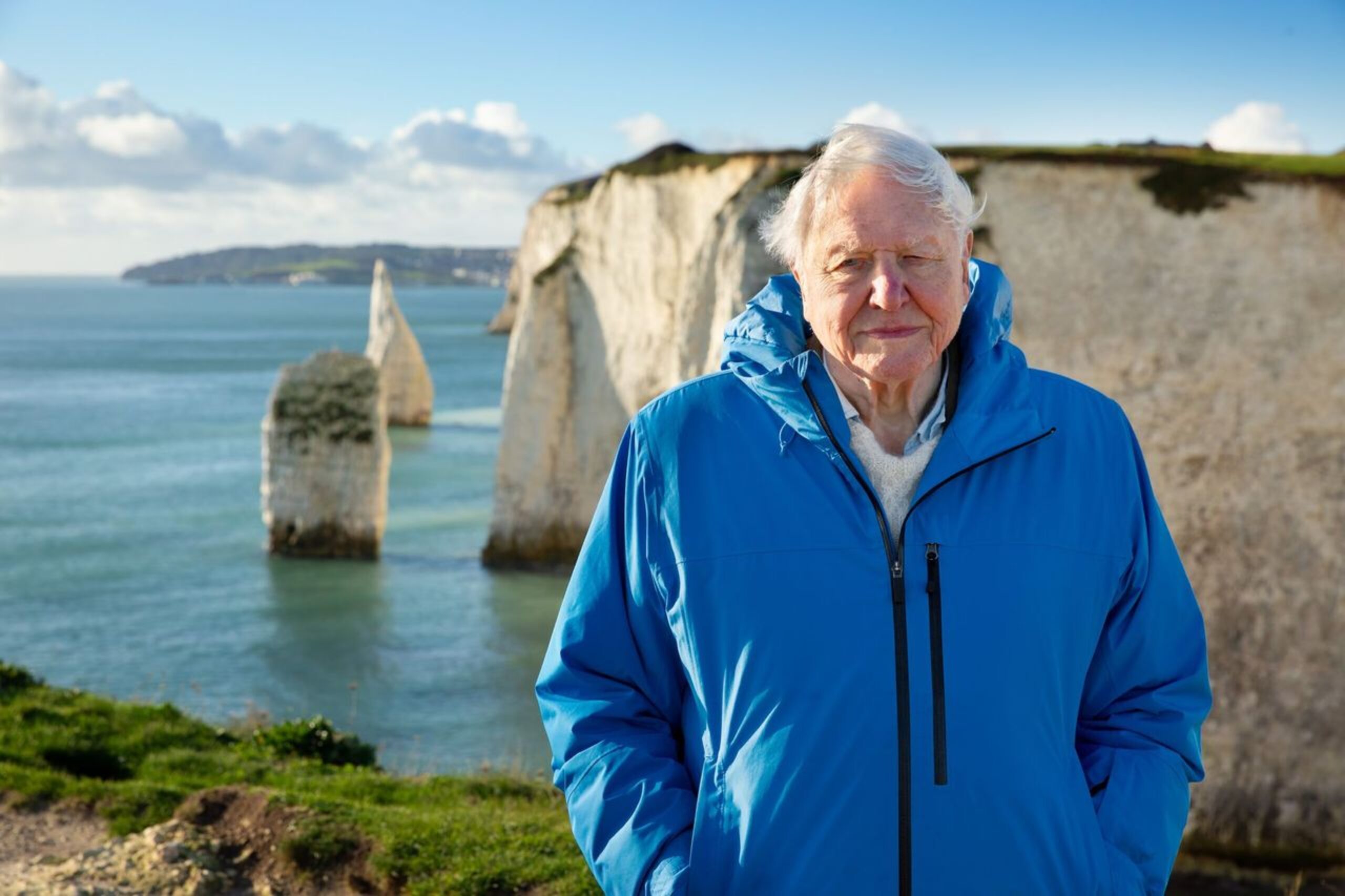
There’s nothing like the dulcet tones of a David Attenborough intro to give you those warm, environmental feels. You know you’re in for an emotional ride, filled with visual wonders of far-flung places and bizarre lifeforms you’re going to end up rooting for – and maybe even crying over.
And his latest film, titled simply Ocean, is no different. Released in cinemas on his 99th birthday, this is the grandfather of conservation’s rallying cry ahead of the important UN Ocean Conference in June.
99 years on our planet has taught Attenborough just how special our oceans are. We all depend on them, whether we’re aware of it or not.
I saw Ocean on the big screen (and recommend you do too while you can!) and I can’t remember the last time I felt so moved. From the plight of the blue shark to the boxer crab wearing anemones as gloves, it made me want to do more to protect our beautiful blue planet.
These are my top takeaways:
Without the ocean, we wouldn’t exist
All life began in our deep blue seas. As Attenborough says, “It seems dark and distant, but the ocean is the lifeblood of our home”. Not many people realise the ocean creates half the oxygen we breathe.
The high seas (the majority of the ocean that sits beyond national boundaries) are the last real wilderness and we’re living in the greatest age of ocean discovery.
Unlike we once thought, they are not empty, but teeming with multitudes of unique life: 2,000 marine species are found every year; We’ve just discovered ocean plankton absorbs vast amounts of carbon emissions; and what’s more, three billion people depend on the ocean for food.
Life on land is linked to the health of our ocean. As Attenborough puts it: “If we save the sea, we save the planet”.
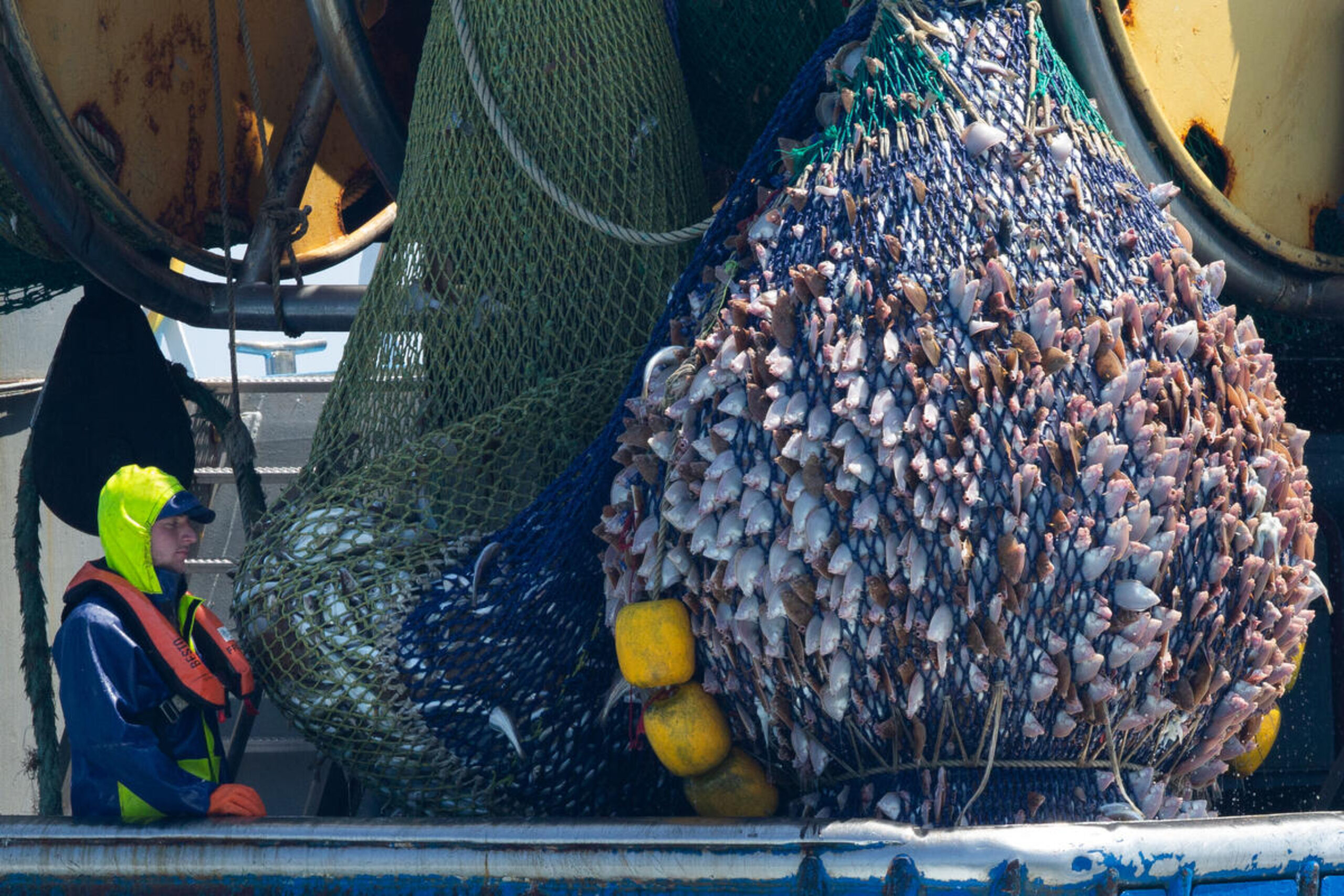
Save the sea. Save the planet.
Join the campaign to stop destructive fishing in UK protected areas.
We can learn from whales
Arguably Greenpeace’s most famous and most iconic campaign, “Save the whales” has timely lessons for other species right now. In less than 100 years humans hunted whales to near extinction, numbers were down to 1% from commercial whaling. Then, after lots of public protest in the 1960s and ‘70s, it was largely banned and numbers increased by 10% in 10 years. Species like the enigmatic blue whale, which Attenborough never thought he’d see again in his lifetime, are now estimated to be in their thousands.
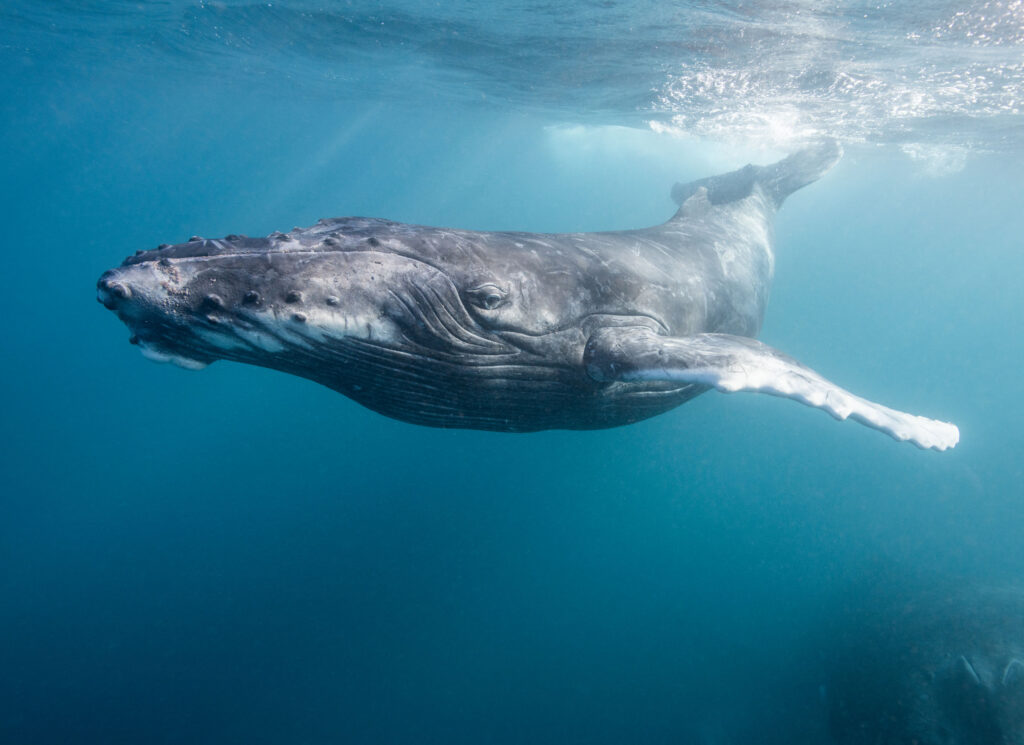
Sadly, this is not the case for other ocean dwellers. Millions of sharks are killed on hundreds of thousands of miles of baited hooks every year. Humans have now killed two thirds of all large predator fish. Sharks and turtles outlived the extinction of the dinosaurs, but may not outlive human industrial fishing.
It’s bleak, but we know how things can change: by creating ocean sanctuaries across at least a third of the ocean, actually stopping harmful human activity and allowing species to bounce back. We’ve done it before, we can do it again. It was due to public pressure that lawmakers took action on whaling.
Albatrosses love to dance
Of course, it’s not just those that live in the sea that depend on it. Humans are amongst the many species that need a healthy ocean to survive and thrive. Another, are albatrosses. They are the longest-living birds in the world but had been driven to near extinction in places like Hawaii – until parts of the ocean were granted protection.
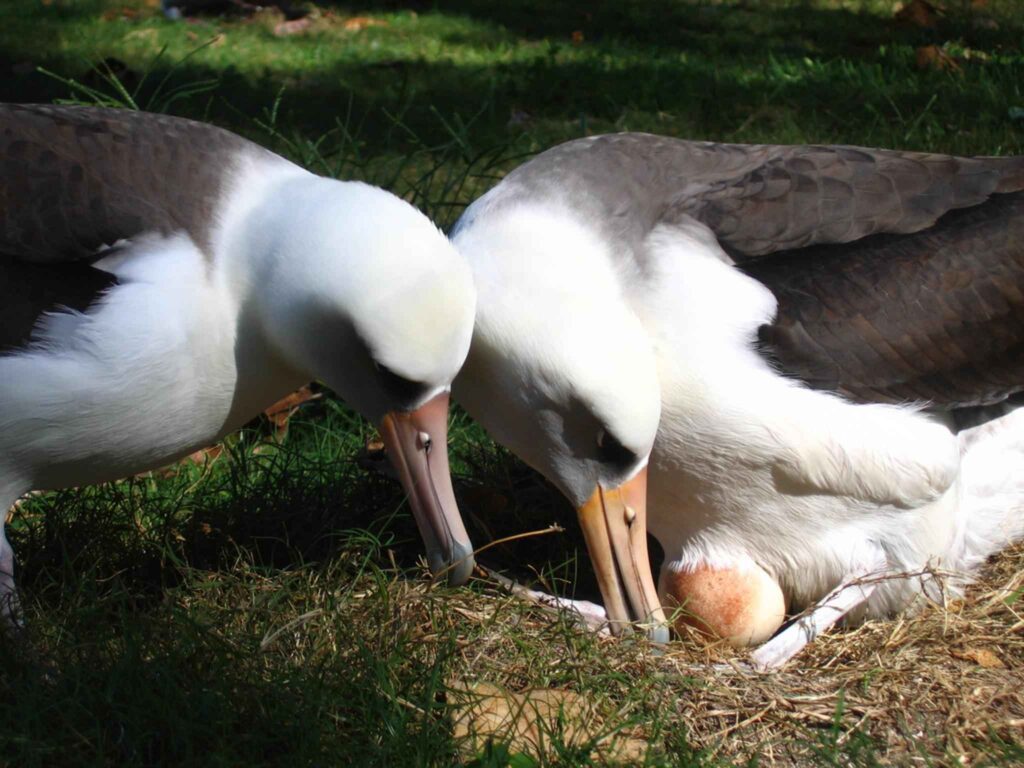
Now a bird that nearly died out has enough fish to eat and has created the largest albatross colony in the world, with 4 million returning every year. The cutest thing about them? They dance for joy to affirm a bond between partners. And who wouldn’t want more of that?
Industrial fishing is destroying our planet
Attenborough’s main call to action is around the behemoth of the industrial fishing industry. Today, over 400,000 industrial fishing vessels hunt every corner of the ocean, some dragging gigantic nets across the sea floor, indiscriminately destroying all in their path. The scars they leave on the ocean floor are so bad, they can be seen from space. It also releases carbon dioxide, accelerating climate change.
Horrifyingly, over a third of a global fishing catches can be thrown away. And it’s not only legal, it’s encouraged by laws. A staggering 20 billion dollars is spent globally on subsidising industrial fishing every year. To quote Attenborough: “They are taking the future out of the sea. And it’s all totally legal.”
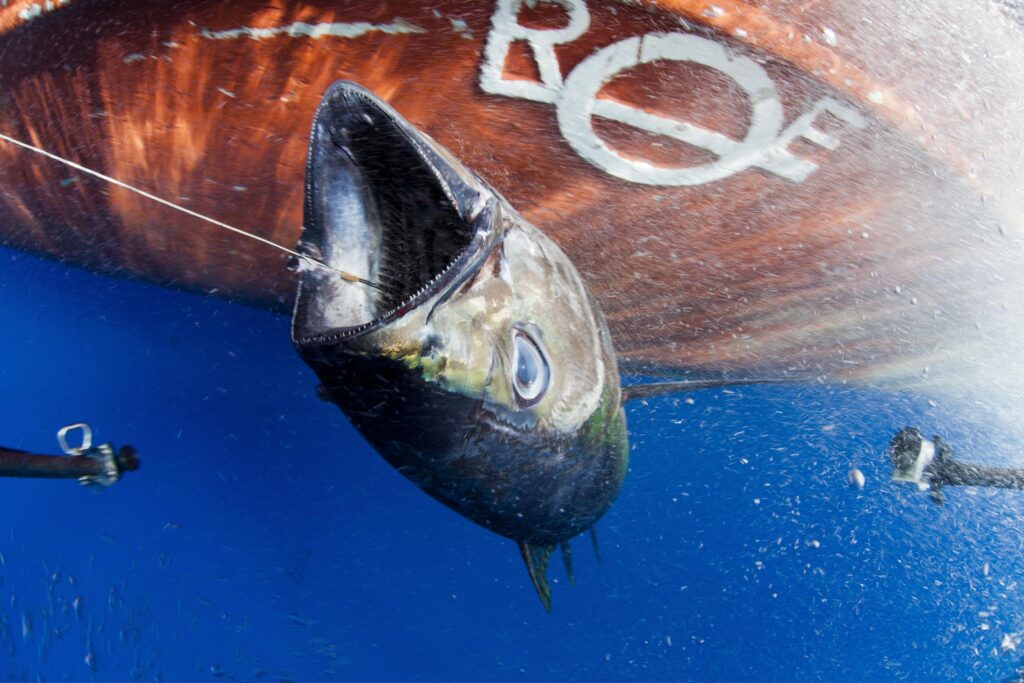
This is not to be confused with small-scale, traditional fishers, many of whom also suffer at the hands of industrial vessels, who take their fish quotas and decimate the marine landscapes they’ve lived in harmony with for generations. The goals of small scale fishing and conservation can be the same: more fish, more abundance, more health of the ocean.
Almost nowhere is safe from industrial fishing, even in UK waters. But you can sign the petition to help pressure the UK government to ban it.
Our ocean can bounce back
But don’t spiral into a pit of despair, there’s a silver lining: the ocean has an incredible ability to bounce back. We don’t even have to do anything to help, we just have to leave it alone. And this is the beauty of governments agreeing to a simple solution: protect at least 30% of the oceans by 2030.
The Channel Islands ocean sanctuary off the coast of California was fished intensely for over 100 years. It was so decimated that 300 square miles of it were designated for protection. In just five years, kelp forests were thriving again, providing home for myriad species, who could now grow to full maturity and reproduce rather than being fished as infants. This sort of protection is most important around our heavily-fished coastlines, like the English Channel and North Sea.
Protecting our ocean is not an isolated issue – it’s central to our and many species’ survival. As Attenborough says, “Restoring the oceans is for everyone on Earth.”
